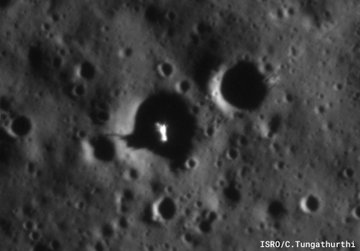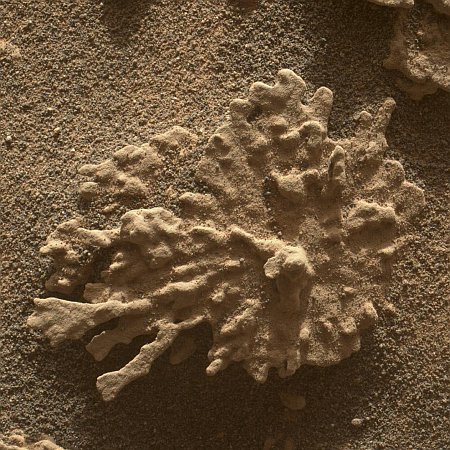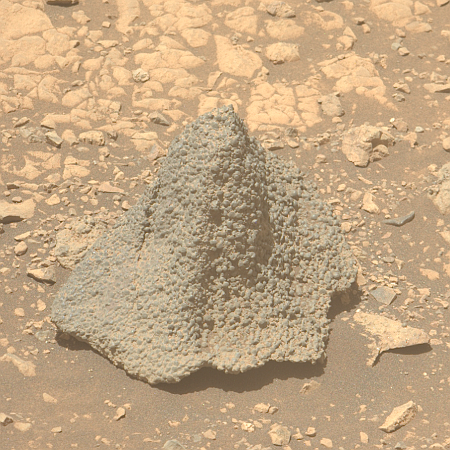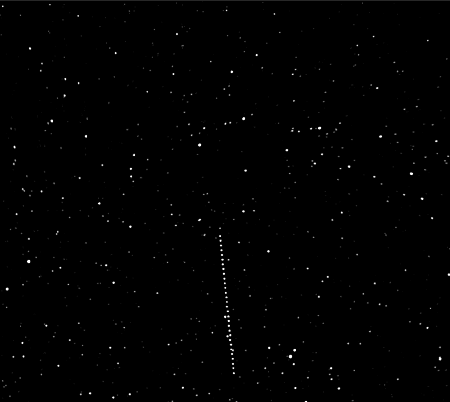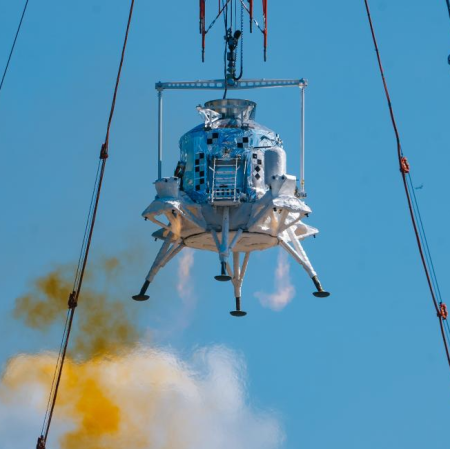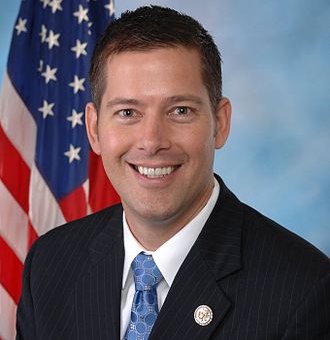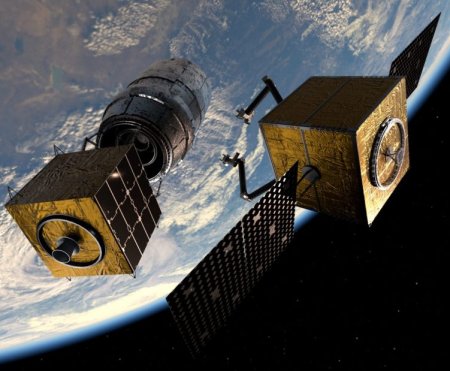Indian rocket startup Skyroot tests solid-fueled motor
The Indian rocket startup Skyroot has successfully tested the solid-fueled motor it plans to use in its three-stage solid-fueled Vikram-1 rocket. From the press release issued by India’s space agency ISRO:
First Static Test of the KALAM 1200 Motor – the first stage of Vikram – 1 Launch Vehicle of M/s Skyroot Aerospace Pvt. Ltd. (SAPL), Hyderabad is accomplished successfully at Static Test complex of Satish Dhawan Space Centre, Sriharikota, ISRO, Department of Space at 09:05 hrs on 08.08.2025. This is a major milestone in the configuration and realization of the systems for Vikram – 1 Launch Vehicle. The motor is a 11 m long, 1.7 m dia monolithic composite motor with a Propellant Mass of 30t. Based on the design inputs, this longest monolithic motor is prepared at the Solid Propellant Plant, Sriharikota. Similarly, ISRO team has provided the design for the Test Stand, which is used for the static test of the motor.
This is in line with the Government of India initiative on Space Policy, 2023 for providing the necessary technical infrastructure and managerial guidance for the Private Sector players to contribute for the space economic growth. The performance of the test bed and the associated systems is normal as predicted.
The last paragraph is the most important. The Modi government has tasked its space agency to provide its facilities and expertise to help rocket startups like Skyroot. It appears from this test and press release the resistance within ISRO to this policy — which cuts into ISRO’s turf — is fading.
Skyroot had said it wants to do the first orbital test flight of Vikram-1 before the end of 2025. It remains unclear whether it will meet that schedule.
Hat tip BtB’s stringer Jay.
The Indian rocket startup Skyroot has successfully tested the solid-fueled motor it plans to use in its three-stage solid-fueled Vikram-1 rocket. From the press release issued by India’s space agency ISRO:
First Static Test of the KALAM 1200 Motor – the first stage of Vikram – 1 Launch Vehicle of M/s Skyroot Aerospace Pvt. Ltd. (SAPL), Hyderabad is accomplished successfully at Static Test complex of Satish Dhawan Space Centre, Sriharikota, ISRO, Department of Space at 09:05 hrs on 08.08.2025. This is a major milestone in the configuration and realization of the systems for Vikram – 1 Launch Vehicle. The motor is a 11 m long, 1.7 m dia monolithic composite motor with a Propellant Mass of 30t. Based on the design inputs, this longest monolithic motor is prepared at the Solid Propellant Plant, Sriharikota. Similarly, ISRO team has provided the design for the Test Stand, which is used for the static test of the motor.
This is in line with the Government of India initiative on Space Policy, 2023 for providing the necessary technical infrastructure and managerial guidance for the Private Sector players to contribute for the space economic growth. The performance of the test bed and the associated systems is normal as predicted.
The last paragraph is the most important. The Modi government has tasked its space agency to provide its facilities and expertise to help rocket startups like Skyroot. It appears from this test and press release the resistance within ISRO to this policy — which cuts into ISRO’s turf — is fading.
Skyroot had said it wants to do the first orbital test flight of Vikram-1 before the end of 2025. It remains unclear whether it will meet that schedule.
Hat tip BtB’s stringer Jay.



